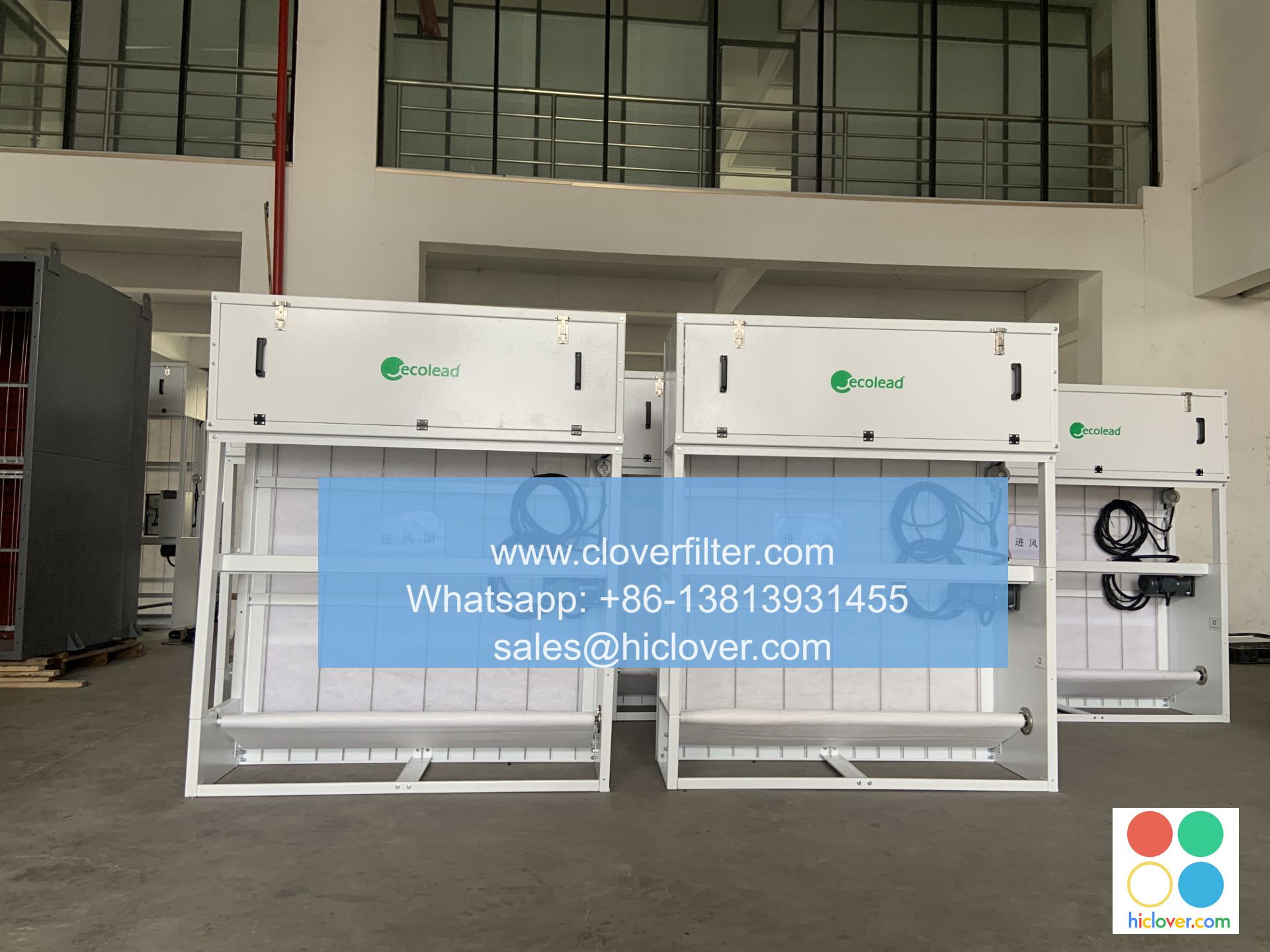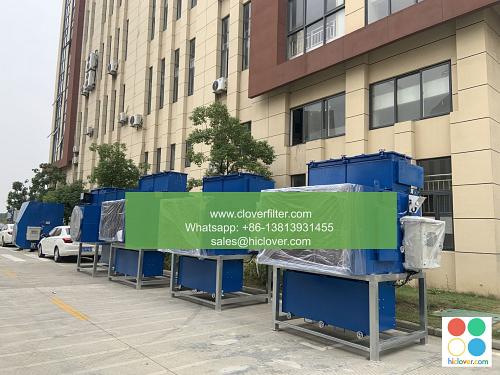Overview of Automatic Roll Air Filters for Aseptic Beverage Lines

Automatic roll air filters are a crucial component in aseptic beverage lines, playing a key role in maintaining the quality and safety of the final product. These filters are designed to remove airborne contaminants, such as dust, bacteria, and other microorganisms, from the air that comes into contact with the beverage. In this article, we will provide an overview of automatic roll air filters for aseptic beverage lines, highlighting their importance, key features, and various application areas.
Importance of Air Filtration in Ase!ptic Beverage Lines
Air filtration is a critical aspect of aseptic beverage production, as it helps to prevent contamination and ensure the quality of the final product. Aseptic beverage lines require a high level of air purity to prevent the introduction of microorganisms that can cause spoilage or contamination. Automatic roll air filters are designed to provide a high level of air filtration, removing up to 99.97% of airborne contaminants, including bacteria, yeast, and mold. This is particularly important in the production of low-acid beverages, such as milk and juice, which are more susceptible to contamination.
Key Features of Automatic Roll Air Filters
Automatic roll air filters are designed to provide a high level of air filtration while minimizing maintenance and downtime. Some of the key features of these filters include:
* High-efficiency filtration: Automatic roll air filters are designed to remove up to 99.97% of airborne contaminants, including bacteria, yeast, and mold.
* Low-pressure drop: These filters are designed to minimize pressure drop, reducing the energy required to pull air through the filter.
* Long filter life: Automatic roll air filters can last for several months, depending on the application and operating conditions.
* Automatic roll change: These filters are designed to automatically change the filter media when it becomes saturated, minimizing maintenance and downtime.
Application Areas for Automatic Roll Air Filters
Automatic roll air filters are used in a variety of application areas, including:
* Aseptic beverage filling lines: These filters are used to provide a high level of air filtration in aseptic beverage filling lines, preventing contamination and ensuring the quality of the final product.
* Brewery and winery applications: Automatic roll air filters are used in brewery and winery applications to prevent contamination and spoilage of the final product.
* Pharmaceutical and biotechnology applications: These filters are used in pharmaceutical and biotechnology applications to provide a high level of air filtration and prevent contamination.
* Food processing applications: Automatic roll air filters are used in food processing applications, such as bakery, dairy, and meat processing, to prevent contamination and ensure the quality of the final product.
Conclusion
In conclusion, automatic roll air filters are a crucial component in aseptic beverage lines, providing a high level of air filtration and preventing contamination. These filters are designed to minimize maintenance and downtime while providing a high level of air purity. With their high-efficiency filtration, low-pressure drop, and long filter life, automatic roll air filters are an ideal solution for a variety of application areas, including aseptic beverage filling lines, brewery and winery applications, pharmaceutical and biotechnology applications, and food processing applications. By using automatic roll air filters, manufacturers can ensure the quality and safety of their final product while minimizing the risk of contamination.

